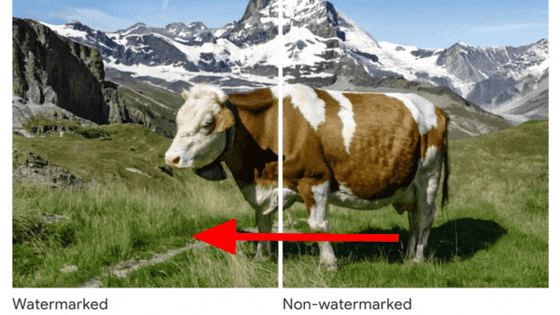Introducing the 'SynthID Detector' that can tell if Google's AI was used to create content

Google has launched SynthID Detector , a verification portal to quickly and efficiently identify content generated by Google's AI.
SynthID Detector: Identify content made with Google's AI tools
https://blog.google/technology/ai/google-synthid-ai-content-detector/
SynthID – our groundbreaking digital watermarking technology – has already been used 10 billion times. 🌍
— Google DeepMind (@GoogleDeepMind) May 20, 2025
Today, we're introducing SynthID Detector, a new online portal designed to quickly identify if any part of digital content was generated by Google's AI tools.
Find out more… pic.twitter.com/mzIgL9ogbX
SynthID Detector is a portal that detects SynthID , a digital watermark that has already been implemented by Google and has been used 10 billion times to date.
When you upload an image, audio, video, or text with an embedded SynthID to the Portal, the content is scanned for SynthIDs. If a SynthID is detected, the Portal will highlight the parts of the content where the SynthID is likely to have been inserted. For audio, it will pinpoint the specific part where the SynthID was found. This allows you to check the authenticity of the content.
Since SynthIDs are invisible to the human eye, they do not affect the quality of the content even if they are inserted during the generation process. In addition, because SynthIDs are embedded in the pixels of an image, they remain intact even if metadata is removed or the image is transformed.
Google launches 'SynthID,' a tool that uses digital watermarks on 'images generated by image generation AI' to prevent the spread of fakes - GIGAZINE

SynthID initially focused only on AI-generated images, but has since expanded to include Gemini, Imagen, Lyria and Veo models, as well as audio, video and text.
SynthID has been open sourced and is starting to be widely used, for example, by embedding SynthID into videos generated by NVIDIA's AI platform, NVIDIA Cosmos .
SynthID Detector is currently being rolled out to early testers, with a waiting list for journalists, media representatives, and researchers.
Related Posts:






